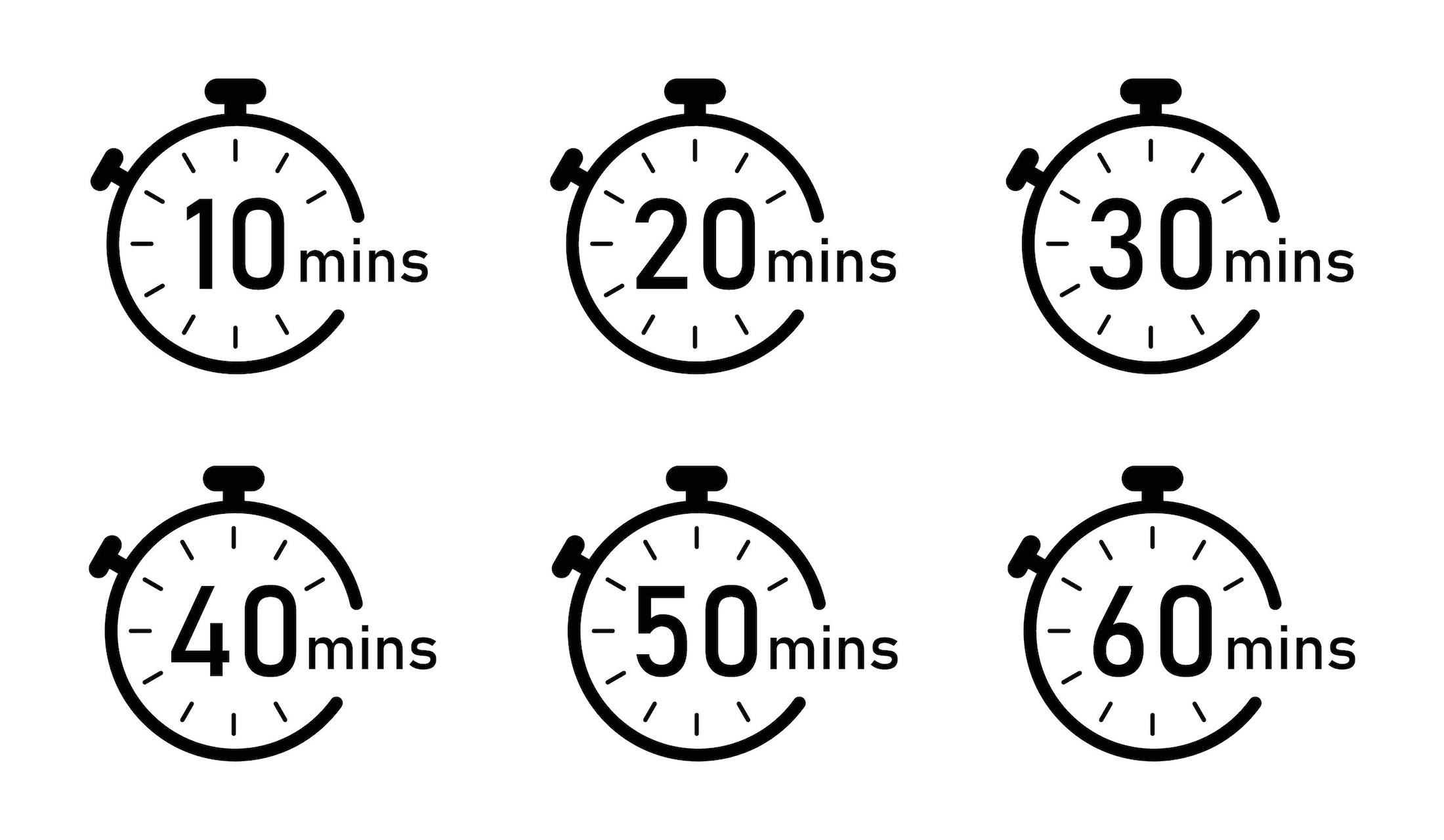How often have you thought, “There’s so much information out there . . . I just don’t know what to think!” And not only is there more information out there than ever before, it’s coming at us like shrapnel (think of those 140-characters per Tweet) 24 hours a day, seven days a week.
You’re not alone if you’re having trouble processing all that. The early 21st century could go down in history as the time of information overload—also referred to as infobesity, information anxiety, and information avoidance. It’s a state in which the flow of information exceeds our cognitive capacity to process it.
Actually, the idea isn’t new at all. According to Oxford Bibliographies, the idea of “information overload” can be traced back 2,300 years. Bertram Gross, a Hunter College (New York City) professor of political science, is credited with being the first person to use the term, in his 1964 work The Managing of Organizations. A few years later, the American writer and futurist Alvin Toffler popularized the phrase in his 1970 epic, Future Shock.
Today, however, with social media, legacy media, new technology, and smart phone fixation, “information overload” has become an epidemic. To paraphrase another American writer of the Toffler period, Marshall McLuhan, “The medium has obfuscated the message.” The message has become lost in the noise.
Are You Lost?
Now think about your own communications—those messages you are spending so much time and money crafting and disseminating. How do they stack up in that onslaught of information? Are they distinctive? Are they memorable? Or are they muddled—the result of too many people working on a project, or of trying to communicate something you neither understand nor agree with, or of being more intent on making an impression than actually informing?
To be memorable, communication must be clear and concise, presented in a form that doesn’t overwhelm the audience with unwanted or unessential data that hides the message in a lot of noise and makes it impossible to retain or to act upon.
As Henri de Castries, former Chairman and CEO of global financial services company AXA, told us, “Creating a clear message means using short phrases, knowing precisely what points you want to make, and to make one point per phrase, or one point in answer to one question.”
SOCO Rule: Less is More
In order to be clear and to the point, and to ensure your audience hears what you have to say, your first step in crafting a message is creating what we call a SOCO—a Single Overriding Communications Objective. Then create up to three key points that support the SOCO.
Don’t sabotage yourself by trying to tack additional messages onto the three key points of your SOCO. Too many messages mean your audience will retain nothing. Stick to the point: don’t confuse your message by inserting difficult information or counterproductive associations.
The SOCO defines the objective of your communication, while the key messages explain that objective. The SOCO acts like a compass, ensuring that your message is always headed in the right direction, and gives you something to fall back on when faced with external noise, such as questions from journalists or your audience that may be drawing you off track. A SOCO can help you turn every difficult question into an opportunity to restate your message and come back to your point.
Repeat, Repeat, Repeat
While creating a SOCO is the most important step, it’s no good if you use it once, or just once in a while. A SOCO must be consistent, and repeated at every opportunity. Remember: you and your team may be a bit sick of your message once you’ve got it crafted and have used it a few times in speeches or press releases. But your potential audience is bigger than that, and remembering your message is not their top priority. Repetition is key to success.
Use your SOCO at every opportunity, sticking as close to the original language as possible. And just about the time you may be utterly bored, the public will start to wake up to your SOCO. The equation is simple: mention nine points once, and nothing will be remembered. Mention three points three times, and one thing may be remembered.
So if you want to overcome information overload, define your SOCO, create three key points in support of it, repeat every chance you get, and rely on your SOCO as a defense against being drawn off-track.
Click here to see all Adrian Dearnell’s Forbes contributions





